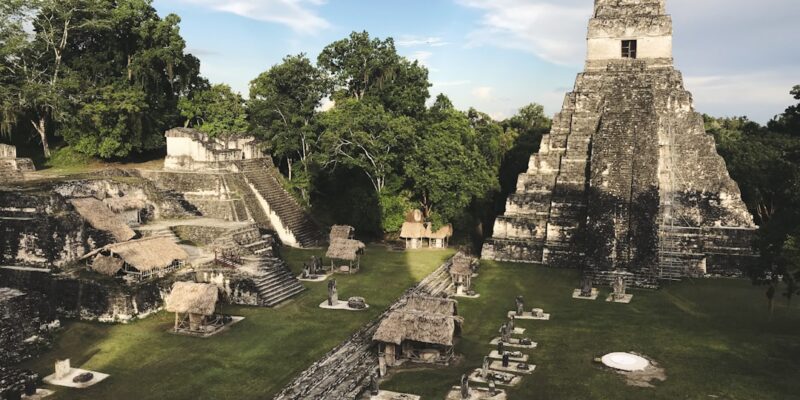
Discovering Ancient Cities in the Jungle
Ancient jungle cities hold a certain allure and mystery that captivates the imagination. These cities, hidden deep within the dense jungles of Central and South America, were once thriving centers of civilization, home to advanced cultures and architectural wonders. Exploring these cities not only allows us to uncover the secrets of the past but also provides valuable insights into the history and culture of ancient civilizations. In this blog post, we will delve into the mysteries of some of the most famous ancient jungle cities, including Tikal, Chichen Itza, El Mirador, Palenque, Copan, Tulum, Teotihuacan, and Machu Picchu. Join us on this journey as we uncover the secrets of these fascinating cities.
Key Takeaways
- Ancient jungle cities offer a fascinating journey through time.
- Tikal and Chichen Itza are just two of the many mysterious Maya ruins waiting to be explored.
- El Mirador, Palenque, Copan, and Tulum offer unique glimpses into the world of the Maya kings.
- Teotihuacan and Machu Picchu reveal the secrets of the Aztecs and Incas, respectively.
- The unexplored jungle cities offer a journey into the unknown world of the ancient Americas.
The Mysteries of the Maya: Uncovering the Secrets of Tikal and Beyond
The Maya civilization is one of the most fascinating ancient cultures in the world. Flourishing between 2000 BC and 1500 AD in what is now Mexico, Guatemala, Belize, Honduras, and El Salvador, the Maya built magnificent cities with impressive architecture and advanced astronomical knowledge. One of the most famous Maya cities is Tikal, located in present-day Guatemala.
Tikal was once a powerful city-state and a major political, economic, and cultural center for the Maya civilization. The city is known for its towering pyramids, grand plazas, and intricate stone carvings. The architecture of Tikal reflects the Maya’s deep connection with nature and their belief in the sacredness of the cosmos. The city’s temples were built to align with celestial events such as solstices and equinoxes.
In addition to Tikal, there are several other notable Maya cities worth exploring. These include Palenque in Mexico, Copan in Honduras, and Chichen Itza in Mexico. Each city has its own unique architectural style and cultural significance, offering a glimpse into the rich and complex world of the Maya civilization.
Exploring the Ruins of Chichen Itza: A Glimpse into the World of the Maya
Chichen Itza, located in the Yucatan Peninsula of Mexico, is one of the most iconic and well-preserved Maya cities. The city was a major center of political, religious, and economic power during its heyday. Chichen Itza is known for its impressive architecture, including the famous El Castillo pyramid, also known as the Temple of Kukulkan.
The Temple of Kukulkan is a masterpiece of Maya engineering and astronomy. It is a four-sided pyramid with 365 steps, representing the number of days in a year. During the spring and autumn equinoxes, a shadow cast by the setting sun creates an illusion of a serpent slithering down the steps. This phenomenon is a testament to the Maya’s advanced knowledge of astronomy and their ability to align their architecture with celestial events.
Another notable structure in Chichen Itza is the Caracol, an astronomical observatory. The Caracol was used by the Maya to study the movements of celestial bodies and make accurate predictions about astronomical events. This demonstrates their sophisticated understanding of astronomy and their belief in its importance in their daily lives.
The Lost City of El Mirador: A Hidden Treasure in the Heart of the Jungle
| Location | Guatemala |
|---|---|
| Discovered | 1926 |
| Size | 162 square kilometers |
| Population | Up to 200,000 people |
| Period | Preclassic Maya |
| Features | Pyramids, plazas, causeways, reservoirs, and ballcourts |
| Importance | One of the largest and most important Mayan cities ever discovered |
| Current Status | Protected as a UNESCO World Heritage Site |
El Mirador, located in the Peten region of Guatemala, is one of the largest and most ancient Maya cities ever discovered. The city was once a thriving metropolis with a population estimated to be around 100,000 people at its peak. However, El Mirador was abandoned around 150 AD and remained hidden in the jungle for centuries until its rediscovery in the 20th century.
The architecture of El Mirador is awe-inspiring, with massive pyramids, palaces, and plazas spread across the site. The most famous structure in El Mirador is La Danta, a pyramid that stands over 230 feet tall, making it one of the largest pyramids in the world. The city’s architecture reflects the grandeur and power of the ancient Maya civilization.
The discovery of El Mirador has provided valuable insights into the early development of Maya civilization. The city’s size and complexity suggest that the Maya civilization was more advanced and organized than previously believed. Exploring El Mirador allows us to piece together the puzzle of Maya history and gain a deeper understanding of their culture and achievements.
Journeying to Palenque: A Window into the World of the Maya Kings
Palenque, located in the state of Chiapas, Mexico, is another important Maya city that offers a glimpse into the world of the Maya kings. The city was a major political and cultural center during the Classic period of Maya civilization, from 250 to 900 AD. Palenque is known for its exquisite architecture, intricate stone carvings, and hieroglyphic inscriptions.
The architecture of Palenque is characterized by its elegant and detailed design. The city’s temples and palaces are adorned with intricate carvings depicting scenes from Maya mythology and history. One of the most famous structures in Palenque is the Temple of the Inscriptions, which houses a tomb believed to belong to Pakal the Great, one of Palenque’s most powerful rulers.
The hieroglyphic inscriptions found in Palenque are of great importance to our understanding of Maya culture and history. These inscriptions provide valuable information about the lives and achievements of Maya rulers, as well as their religious beliefs and rituals. Deciphering these inscriptions has been instrumental in unraveling the mysteries of the Maya civilization.
Discovering the Wonders of Copan: A Journey Through the Mayan Civilization
Copan, located in western Honduras, is another remarkable Maya city that offers a journey through the Mayan civilization. The city was a major political and cultural center during the Classic period and is known for its impressive stelae, or stone monuments, which depict the rulers of Copan and their achievements.
The architecture of Copan is characterized by its intricate stone carvings and elaborate hieroglyphic inscriptions. The city’s main plaza is surrounded by temples, palaces, and ball courts, reflecting the importance of religion and sports in Maya society. One of the most famous structures in Copan is the Hieroglyphic Stairway, which contains the longest known Maya hieroglyphic inscription.
The stelae of Copan are of great significance to our understanding of Maya history and culture. These stone monuments provide valuable information about the rulers of Copan, their genealogy, and their accomplishments. They also depict scenes from everyday life, religious rituals, and mythological stories, giving us a glimpse into the rich and complex world of the ancient Maya.
The Enigmatic City of Tulum: A Coastal Oasis in the Jungle
Tulum, located on the Caribbean coast of Mexico’s Yucatan Peninsula, is a unique Maya city that offers a different perspective on ancient jungle cities. Unlike other Maya cities, Tulum is situated on a cliff overlooking the turquoise waters of the Caribbean Sea. This stunning location makes Tulum one of the most picturesque ancient cities in the world.
The architecture of Tulum is characterized by its well-preserved buildings and defensive walls. The city was once an important trading port and served as a gateway to the Maya civilization. Tulum’s strategic location allowed it to control maritime trade routes and establish connections with other cultures in Mesoamerica.
The importance of Tulum’s location is evident in its architecture. The city’s defensive walls and watchtowers suggest that Tulum was a fortified city, protecting its inhabitants from potential invaders. Exploring Tulum allows us to appreciate the unique blend of natural beauty and architectural marvels that make this city truly enigmatic.
The Legacy of the Aztecs: Uncovering the Secrets of Teotihuacan
Teotihuacan, located just outside of Mexico City, is one of the most important ancient cities in the Americas. Although it predates the Aztec civilization, Teotihuacan had a profound influence on Aztec culture and is considered one of their ancestral cities. The city is known for its massive pyramids, including the Pyramid of the Sun and the Pyramid of the Moon.
The architecture of Teotihuacan is characterized by its monumental scale and precise engineering. The Pyramid of the Sun is one of the largest pyramids in the world, standing over 200 feet tall. The Pyramid of the Moon is equally impressive, with its intricate carvings and ceremonial platforms.
The pyramids of Teotihuacan were not only religious and ceremonial structures but also served as symbols of power and authority. The city’s layout, with its wide avenues and carefully planned neighborhoods, reflects a highly organized and centralized society. Exploring Teotihuacan allows us to appreciate the legacy of the Aztecs and their remarkable achievements in architecture and urban planning.
The Mysterious City of Machu Picchu: A Window into the Inca Civilization
Machu Picchu, located in the Andes Mountains of Peru, is perhaps one of the most famous ancient cities in the world. This enigmatic city was built by the Inca civilization around 1450 AD and was abandoned just over a century later. Machu Picchu remained hidden from the outside world until its rediscovery in 1911 by Hiram Bingham.
The architecture of Machu Picchu is characterized by its impressive stone structures and terraces. The city is built on a mountain ridge, surrounded by steep cliffs and lush green valleys. The precision and craftsmanship of the Inca stonework are evident in the perfectly fitted stones that make up the city’s buildings.
Machu Picchu’s purpose and significance remain a subject of debate among archaeologists and historians. Some believe that it was a royal retreat or a sacred site, while others suggest that it was a thriving agricultural center. Regardless of its purpose, Machu Picchu is a testament to the ingenuity and engineering skills of the Inca civilization.
The Unexplored Jungle Cities: A Journey into the Unknown World of the Ancient Americas
While Tikal, Chichen Itza, El Mirador, Palenque, Copan, Tulum, Teotihuacan, and Machu Picchu are some of the most famous ancient jungle cities, there are still many lesser-known cities waiting to be explored. These hidden treasures offer a unique opportunity to delve deeper into the ancient civilizations of the Americas and uncover new mysteries.
Exploring these lesser-known jungle cities is important for several reasons. Firstly, it allows us to expand our knowledge of ancient civilizations and gain a more comprehensive understanding of their history and culture. Each city has its own unique architectural style, religious beliefs, and societal structures, offering valuable insights into the diversity and complexity of ancient American cultures.
Secondly, exploring these cities helps us preserve and protect our cultural heritage. Many of these sites are at risk due to factors such as climate change, looting, and urban development. By visiting these cities and supporting responsible tourism practices, we can contribute to their preservation and ensure that future generations can also experience their wonders.
Lastly, exploring these cities is a journey of self-discovery and personal growth. It allows us to connect with our shared human history and appreciate the achievements of our ancestors. It also provides an opportunity for reflection and contemplation, as we marvel at the ingenuity and creativity of ancient civilizations.
Exploring ancient jungle cities is a fascinating and enriching experience that allows us to uncover the secrets of the past and gain a deeper understanding of ancient civilizations. From the grandeur of Tikal and Chichen Itza to the hidden treasures of El Mirador and Palenque, these cities offer a window into the rich and complex world of the Maya civilization. The enigmatic cities of Tulum, Teotihuacan, and Machu Picchu provide insights into the legacy of the Aztecs and the Inca civilization. As we continue to explore these ancient cities, we are reminded of the importance of preserving our cultural heritage and learning from the achievements of our ancestors. So why not plan a trip to explore these incredible cities and embark on a journey into the unknown world of the ancient Americas?
FAQs
What are lost cities in the jungle?
Lost cities in the jungle are ancient settlements that were abandoned and forgotten over time. These cities are often hidden deep in the jungle and are only discovered through archaeological expeditions.
Where are some of the most famous lost cities in the jungle?
Some of the most famous lost cities in the jungle include Machu Picchu in Peru, Angkor Wat in Cambodia, and Tikal in Guatemala.
How are lost cities in the jungle discovered?
Lost cities in the jungle are often discovered through archaeological expeditions. These expeditions involve using technology such as satellite imagery and ground-penetrating radar to locate potential sites. Once a site is identified, archaeologists will conduct excavations to uncover the remains of the lost city.
Why were these cities abandoned?
There are many reasons why lost cities in the jungle were abandoned. Some cities were abandoned due to natural disasters such as floods or earthquakes, while others were abandoned due to war or political instability. In some cases, the cities were simply abandoned due to a lack of resources or overpopulation.
What can we learn from exploring lost cities in the jungle?
Exploring lost cities in the jungle can provide valuable insights into the history and culture of ancient civilizations. By studying the remains of these cities, archaeologists can learn about the architecture, art, and daily life of the people who lived there. This information can help us better understand our own history and the development of human civilization.


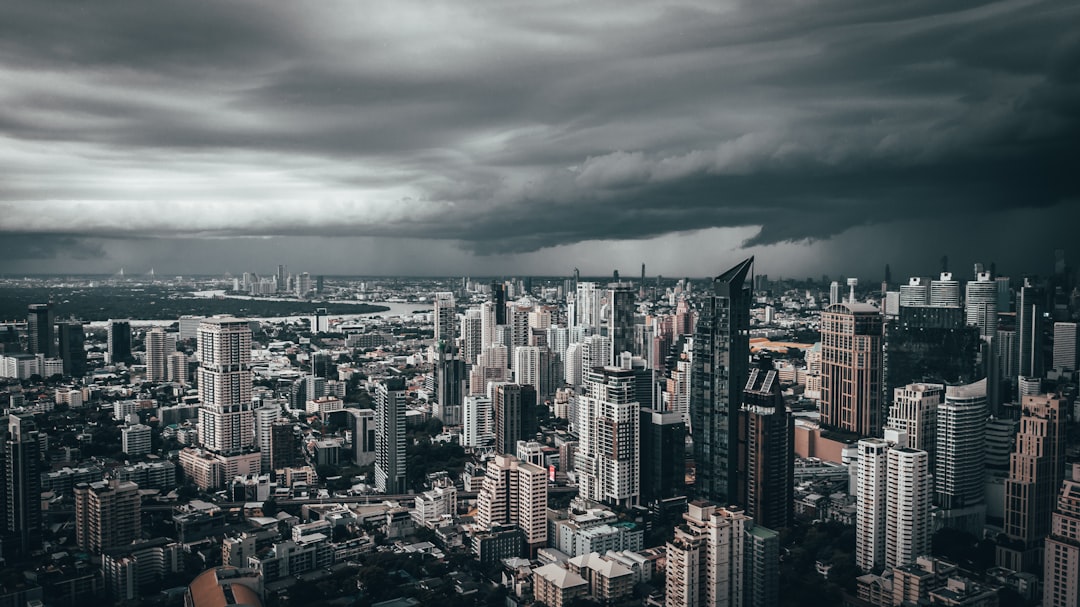
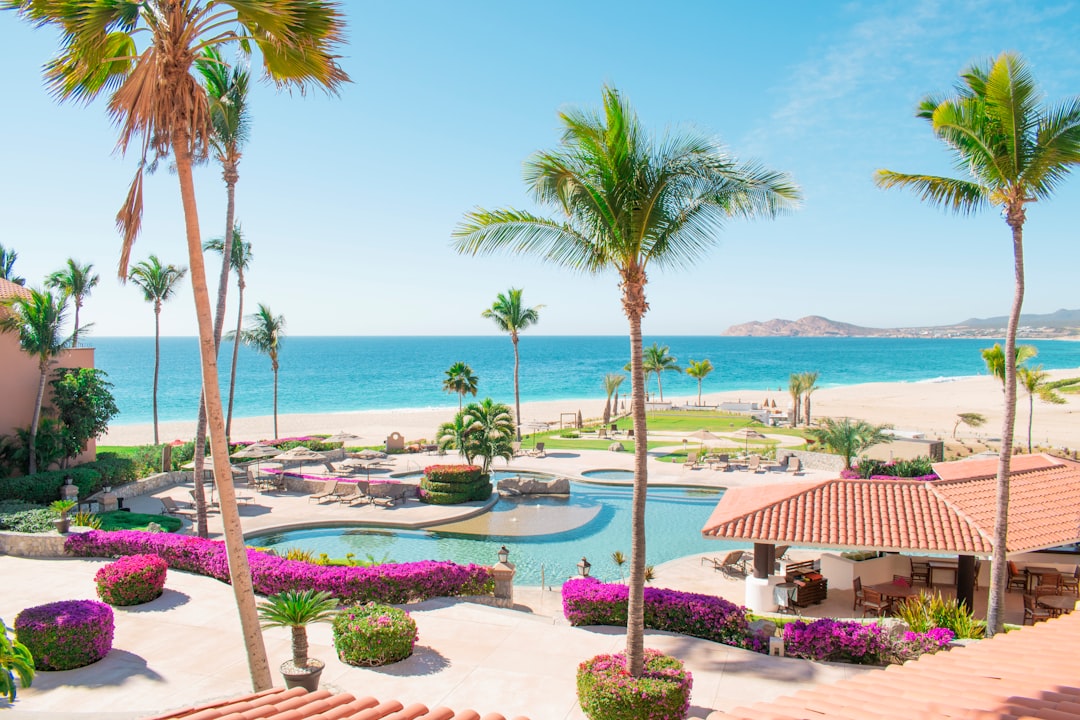

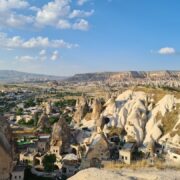


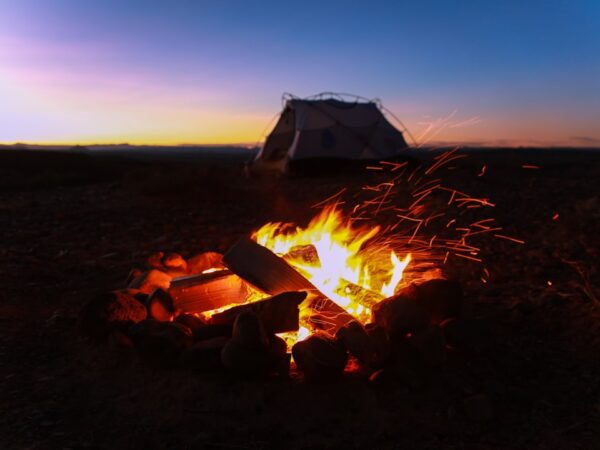










I loved as much as you’ll receive carried out right here.
The sketch is attractive, your authored material stylish.
nonetheless, you command get got an impatience over that you
wish be delivering the following. unwell unquestionably come further formerly again as exactly the same nearly very often inside case you shield this hike.